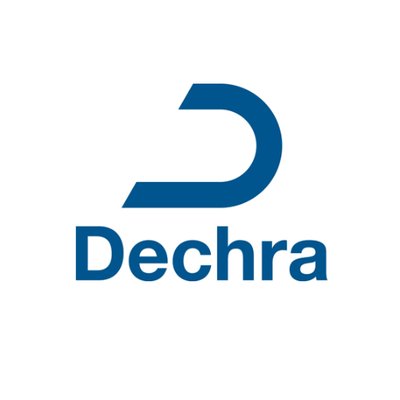Product Ref: DEMYO01 Category: M

Royal Mail Tracked 24 (Signed For)

Royal Mail Special Delivery Guaranteed by 1pm

| Category | POM-V |
| Temperature | Ambient |
| MA/VM/EU No: | 16849/4041 |
| Species |
|
| VMD Link | https://www.vmd.defra.gov.uk/productinformationdatabase/files/SPC_Documents/SPC_393026.PDF |
| NOAH Link | |
| Dosage | and administration route For intravenous administration by catheter: Dose: 100 mg guaifenesin per kg body weight per infusion equivalent to 100 ml solution per 100 kg body weight. Guaifenesin can be used in combination with different anaesthetics, as follows: Local anaesthetics for short procedures: Once the horse is properly sedated, guaifenesin is administered by rapid infusion until the animal lies down. A local anaesthetic should be used for painful procedures. Additional guaifenesin can be infused when the horse is recumbent, if needed. General anaesthetics: Induction and short term maintenance of anaesthesia: Pre-medication with an α2-receptor agonist (e.g. xylazine, detomidine, or romifidine) or acepromazine. If guaifenesin is to be administered with ketamine, pre-medication with one of the α2-receptor agonists is recommended. Guaifenesin is administered by rapid infusion until the animal begins to sway on its feet. At this stage either ketamine, thiopental or propofol is administered at a bolus dose. The duration of action of these combinations is variable depending on the animal and the other drugs administered. Surgical anaesthesia will be approximately 10-20 minutes duration and recumbency will be approximately 30-40 minutes duration. Maintenance of anaesthesia for medium duration procedures: Guaifenesin, administered by continuous IV infusion (50-100 mg/kg) at an infusion rate of approximately 1 ml/kg/h, can be used as part of total intravenous anaesthesia (TIVA) in combination with other injectable anaesthetics for procedures lasting up to 1 hour. Volatile anaesthetics: Guaifenesin can be used as adjunct to balanced anaesthesia using volatile anaesthetics for longer procedures. Guidance on anaesthetic protocols and dosages of individual veterinary medicinal products can be found in veterinary textbooks and scientific literature. For safe use with other pharmaceuticals, reference must be made to the relevant product literature. Overdose Doses greater than needed to obtain recumbency may result in significant respiratory depression. Signs of overdose, e.g. extensor spasms, occur at approximately twice the therapeutic dose. The lethal dose is four times the recommended treatment dose. |
| Withdrawals | Not authorised for use in horses intended for human consumption. |